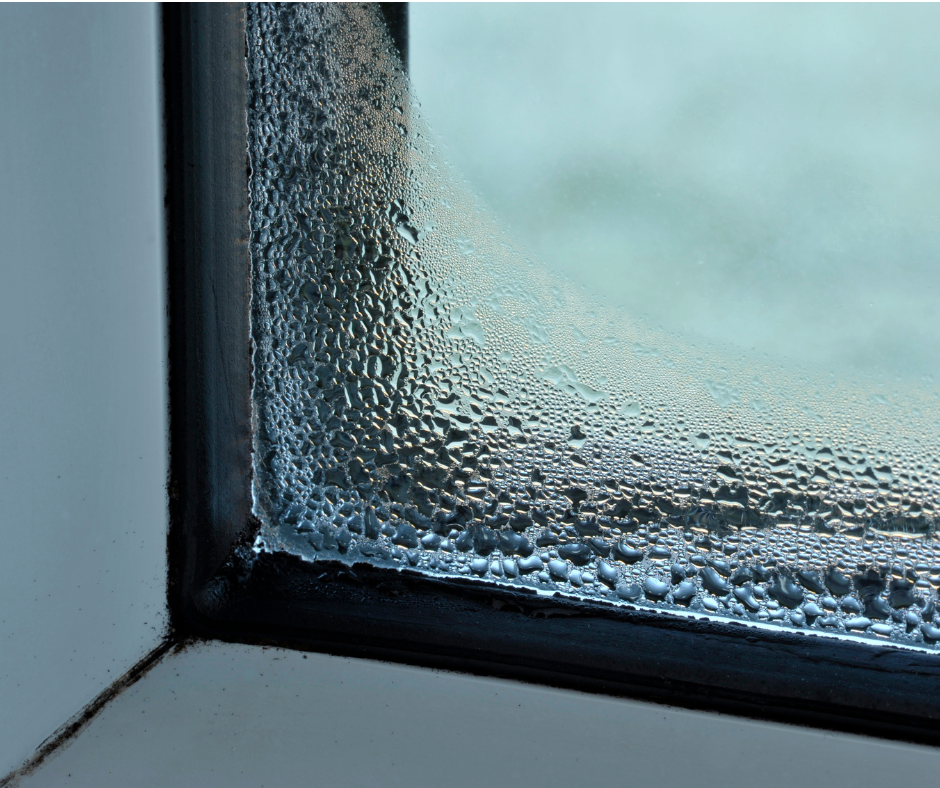Signs and causes of window condensation

Condensation on windows is a common issue that homeowners often encounter. While it may seem like a minor annoyance, persistent condensation can lead to more significant problems such as mold growth and damage to window frames. In this detailed blog post, we will explore the signs of condensation in your windows and delve into the various causes behind each sign. Understanding these signs and their root causes is essential for effective prevention and maintenance.
-
- Fogging Up on the Inside
Causes: One of the most apparent signs of condensation is the fogging up of windows from the inside. This occurs when warm, moist air inside your home comes into contact with a cold surface, such as the glass of your windows. The temperature difference causes the moisture in the air to condense on the window surface.
Inadequate ventilation, high indoor humidity levels, and poorly insulated windows contribute to this sign. Insufficient ventilation allows moisture to accumulate, and if windows lack proper insulation, they become more prone to condensation.
- Water Droplets on Window Surfaces
Causes: If you notice small water droplets forming on the interior surface of your windows, it’s another clear sign of condensation. This happens when the air inside your home reaches its dew point, causing the moisture to condense on cool surfaces.
High humidity levels, especially in areas with poor ventilation, contribute to water droplets forming on windows. Inadequate ventilation prevents the escape of moisture-laden air, allowing it to settle on cooler surfaces.
- Mold or Mildew Growth
Causes: Condensation provides an ideal environment for mold and mildew growth. If you observe mold or mildew around the edges of your windows, it indicates that excessive moisture is present.
Poor ventilation, combined with condensation, creates a damp environment that fosters the growth of mold and mildew. This not only poses health risks but can also damage window frames and surrounding structures.
- Mold or Mildew Growth
- Fogging Up on the Inside
What can you do to help reduce condensation: ❄️
Inadequate ventilation:
Lack of proper ventilation is a primary contributor to window condensation. Without sufficient airflow to remove moist air, the humidity indoors increases, leading to condensation on windows. Regularly ventilating your home, especially in areas prone to moisture buildup, can alleviate this issue.
High indoor humidity levels:
Excessive indoor humidity is a key factor in condensation. Activities like cooking, showering, and using unvented heaters can significantly raise humidity levels. Proper ventilation and the use of dehumidifiers can help control indoor humidity.
Poorly Insulated Windows:
Windows with inadequate insulation are more prone to condensation. Cold surfaces on poorly insulated windows create a favourable environment for moisture to condense. Upgrading to energy-efficient windows with better insulation properties can mitigate this problem.
Recognising the signs of condensation in your windows and understanding the underlying causes is crucial for effective prevention and maintenance.
By addressing issues related to ventilation, humidity levels, and window insulation, you can create a healthier indoor environment and protect your windows from potential damage. Regular maintenance and adopting preventive measures will contribute to the longevity and efficiency of your windows.
Contact Severnview Home Improvements today for a free no-obligation quote.
Contact Us
We aim to respond to all enquiries within 48 hours

